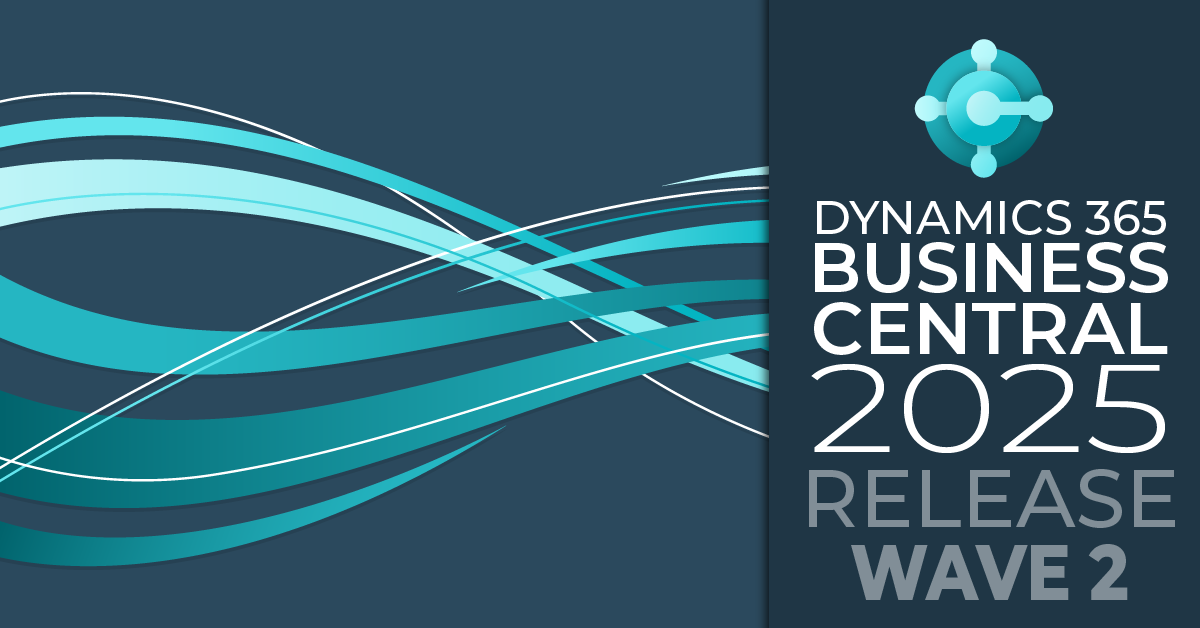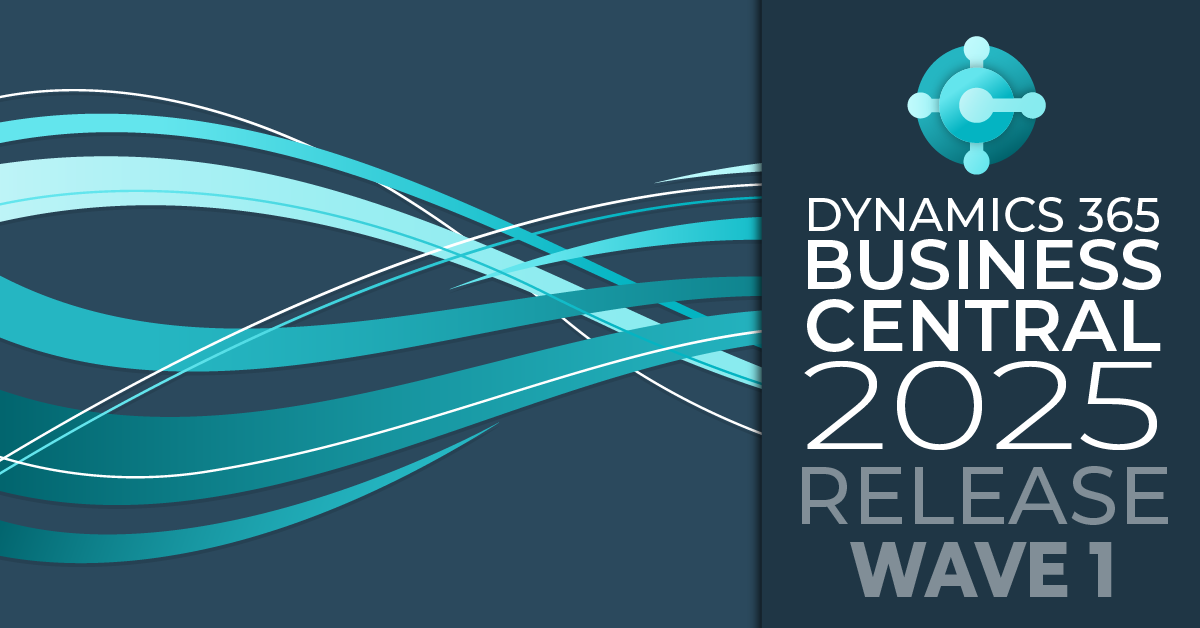It seems odd to write a blog on rapid ERP implementation. Wouldn’t everyone like to do a rapid implementation? Well no, most people would like to do a steady implementation, providing enough time for users to get on with their day job too, enough time to test, ponder and plan. Of course, this is a perfectly good way to run a project.
But sometimes, needs must. Sometimes the need to get a new ERP system in outweighs the ‘let’s go steady’ option. Sometimes the budget simply dictates. How does the budget dictate? (Why not check out our free ERP pricing guide!) Implementation costs, once you remove software costs, involve people’s time, the external cost of your friendly Dynamics NAV / Dynamics 365 Business Central provider needs to be paid for the days they commit to a project, so the less the number of days, the lower the cost. But how does rapidly implementing an Enterprise Resource Planning system equate to less days? For one thing project management costs are effectively duration based: the longer a project, the longer a project manager is engaged. More importantly, however, rapidly implementing requires a different approach.
Let’s consider a company that, for a reorganisational need such as post acquisition or other event, has to be live on a new finance system by a date in the near future. Treating this as a need to rapidly implement ERP focuses on the goal of the date, not the goal of the functionality. Of course there will be a minimum viable product set of features needed, but let’s be honest Dynamics 365 Business Central is a fantastic finance system and is unlikely to come up short of functionality. When embarking on the ERP implementation project we would take our usual approach of defining the ‘Day in the Life’ needs, i.e. a script of what is needed day to day. Then get to it. In many cases we may simply invite the customer to sit in a room in our offices, accompanied by a consultant from The NAV | 365 People (TNP), and together they hit the workload.
Our rapid ERP implementation process
Start with a templated company with some basic information already loaded. Add a little master data, customer names and addresses with basic information like payment terms and credit limits, add supplier information and a chart of accounts with a basic dimension setup (cost centre, sales analysis codes maybe). All of this work can be carried out by both TNP and the customer’s ERP implementation representative (often a staff member from the finance department) as Excel imports through Rapid Start packages are the tools in use. Honestly with as little as the information listed here, you can raise a purchase order to buy consumables, receive the order, match and post an invoice and pay the supplier. On the sales side, you can raise an accounting sales invoice, chase the money, post the payment and reconcile the bank account to show your outstanding cash and the P&L and balance sheet effect of the postings.
If it’s all good (and why wouldn’t it be?) you can clear the transactions out, load a journal of your current trial balance, a journal for open sales invoices and purchase invoices and you’re good to go.
Sound too easy? Why doesn’t everyone do this? When a new ERP system is coming along, companies try to solve everything too often. When they would be better off getting ‘what we do now’ working on the wonderful new system and reaping the rewards of the basic ERP system and technology, they tend to list all the things they ever wanted. Implementation of OCR scanning for invoices, automatic expense processing, integrated payments, cashflow forecasting, deferred revenue, the list goes on… of course Dynamics 365 Business Central does it all, but it’s the law of projects: the more you try to do, the more time it takes.
There are always areas that are just more difficult to do ‘rapidly’. Putting in a sophisticated warehouse management picking process, running a team of service engineers and even getting salespeople to adopt a CRM solution full of needs that are for the greater good, not their good, requires management, coaxing and help. The list of ‘oh it doesn’t do XYZ’ will come out and ‘we can’t use it until…’, often despite the fact that this feature is not present in their current ERP system.
Sometimes the need to get and implement a new ERP system outweighs the 'let's go steady' option.
Don't get me wrong, I know many ERP implementation projects are big and complex. We at TNP have customers with thousands of users, these will always be big projects, but even these projects could benefit from thinking about the minimum viable product rather than ‘everything we want’. With dynamic solutions like Business Central, the Phase 2 part of the project doesn’t have to be a big thing months after go-live, you can implement small improvements bit by bit as users adopt bite sized chunks of improvement.
A footnote on this. Very often, for a demo, my team take an empty Business Central solution, populate with customers, vendors and other information, either provided by the customer or found by the team to make the demo more relevant, and they play an end to end demonstration which often includes inventory management, warehousing, CRM and customer service on top of the usual finance. We build these demonstrations in a few days. This is why we like to start a project by building a ‘Day in the Life’ system to get users fast access to what this new ERP system will look like.
There are two parts to a project, getting a system in test that allows us to process transactions and satisfy ourselves (you and TNP) that it does what we need. Concentrating effort right at the start on getting the test system going end to end with your data should be the goal. Be realistic about what you don’t need, or maybe need but not until later.
Be prepared to say, ‘no it won’t be there on go-live day but will be 3 weeks after’. Be prepared to say ‘hundreds of other companies do it this way’ to get best practice in your processes. And maybe… you’ll be a rapid implementer.
Learn more about our ERP services here
Download our ‘Alternative guide to buying ERP’ here
Read our thoughts on picking an ERP partner over price, click here






.png)